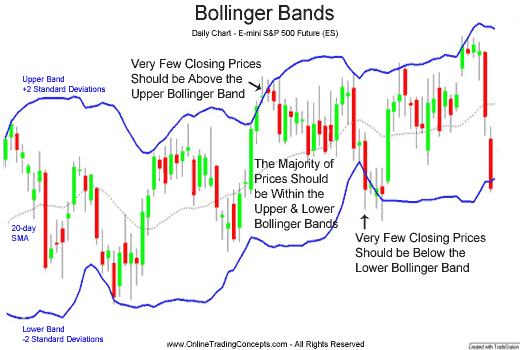Best Forex Scalping Strategy Using 3 Popular Technical Indicators
Post on: 29 Июль, 2015 No Comment

In this article well be going over the forex scalping strategy presented in the video above. What are some of the advantages of using a scalping strategy to trade the forex market?
Quick profits
Entry and exit is usually done within a couple of minutes. This allows for quick profits but can lead to quick losses as well.
Exit is usually within 20 minutes or less
Lots of trades
Strategy uses 3 Indicators
The 3 main pivot points both above and below the pivot are used for this system: S1, S2, S3 and R1, R2, R3.
The Fibonacci retracement values used are the 0.618, the 0.382 and the 0.500 levels.
The Stochastic Oscillator is set at 5,3,3.
Step 1 Marking important support and resistance levels
The first step is to mark the important support and resistance levels on the chart. These levels should include the Fibonacci levels. The chart below shows an example of this on the EUR/USD 5 Minute chart that happened few days ago on May 31. The levels Ive marked on the chart are the swing high at 1.3046, the swing low at 1.29675 and the 1.30058 level which is a previous support level that may turn into resistance if price goes back up.
How do you draw Fibonacci levels?
Notice the pair was trending down and then starts to pause and make a retracement. We can now use our Fibonacci retracement tool to plot potential turning points that will propel price back to its initial downward direction. We do this by connecting the swing high with the swing low of the downward trend we just had on the Euro. These 2 points are marked with a yellow circle on the chart above. By connecting these points the tool automatically draws the retracement levels on the chart for us.
Entry and Exit with the Stochastic Oscillator
We enter and exit our trades by using the Stochastic 5,3,3 with overbought and oversold levels at the 80 and 20 marks. See the picture below.
We enter a buy trade when the Oscillator is under 20 and is turning up. We enter a Sell trade when the indicator is over 80 and is turning down. We exit the trades on the opposite signals. If were in a long position, we exit when the Stochastic goes over 80. If were in a short, we exit when the indicators prints below 20 indicating an oversold position.
Putting it all together Looking for confluence of events
When entering our trades we should look for a confluence of events as these will produce higher quality trades. The EUR/USD 5 Minute chart below demonstrates one such example.
After a downward rally price has come back to the 0.618 Fibonacci level. This level is also very close to the psychologically important resistance at 1.3000 and the previous swing point that we marked earlier at 1.30058. At the same time the Stochastic Oscillator is over 80 and is starting to turn lower indicating a short entry. We could enter on a break of the 1.30058 swing level or wait a little for the important level at 1.300 to clear. The stoploss would go just above the swing high we just made just above the 0.618 Fib level at 1.30155. This gives us a total risk of 13 18 Pips on this trade.
Once were in a short we now look to the Stochastic 20 level for our exit. Finally close to 3 hours later we get our exit when the indicator prints below and is starting to turn up. See the chart below.
The price on the EUR/USD at the time of the exit is at 1.2957. Depending on where we entered our short, we would gain around 40 45 Pips on this trade with a risk of only 13 18 Pips.














